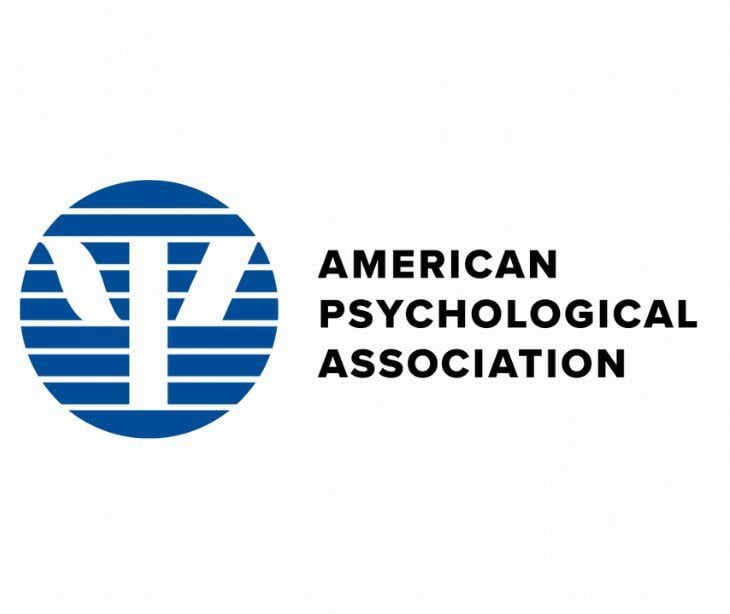3 min read
The impact of APA guidelines on mental health email communications
Kirsten Peremore
September 19, 2024

The American Psychiatric Association Guidelines are a set of recommendations covering various topics impacting clinical mental health practices. They provide an ethical framework for effectively communicating with patients in a mental health setting.
Understanding the APA guidelines
The APA guidelines, “...provide evidence-based recommendations for the assessment and treatment of psychiatric disorders and are intended to assist in clinical decision making by presenting systematically developed patient care strategies in a standardized format.”
These are not legally binding rules but instead act as influential reflections of the ethical standards of the mental health profession. The guidelines serve mental health professionals like psychiatrists, psychologists, and other clinicians to improve the quality of care offered in practical settings. They are tailored to address integrating electronic communications into psychiatric treatment plans in a way that remains safe without compromising the foundation interpersonal relationship between provider and patient. There is also consideration for how HIPAA impacts patient privacy and communication.
The function of the guidelines in communications
A study published in The Ohio Psychologist states, “Psychologists can no longer take a laissez-faire attitude toward the uses of technology in psychological practice. VandenBos and Williams (2000) are correct in concluding that 'efforts should begin now to develop standards and guidelines' before such service delivery is widespread.”
The central functions of the communications guidelines include:
- It provides instructions for transitions from email to alternative forms of communication in crises.
- The guidelines outline the need to obtain informed consent for electronic communications aligning with the requirements for HIPAA compliant email.
- It provides sensitivity protocols for highly sensitive subjects like HIV counseling.
- There are set expectations for how quickly practitioners should respond to electronic communications in nonurgent matters vs urgent issues.
- It defines who within the practice should handle electronic communications to maintain privacy in a way that aligns with HIPAA.
- It stipulates how group communications should be conducted and how the blind copy (BCC) should be used.
- It provides for the practical avoidance of miscommunications to prevent misunderstandings in email exchanges.
The ethical considerations in email communications
Email, while convenient, is a risk to patient privacy when it is not used in a way that takes into consideration HIPAA compliance. Mental health professionals need to create guidelines tailored towards both protection and professional consideration. This means that when email is used, practitioners have protocols in place to handle complex and urgent issues. There also needs to be steps in place to handle emergencies that arise during email communications. An APA Presidential Address provides that these considerations especially in a digital space do constantly evolve, stating that, “Foreseeable social and technological changes will force us to reevaluate our thinking about ethically appropriate ways to fulfill our mission of using psychology to advance human health and welfare in the twenty-first century."
How APA guidelines impact email communications for mental practitioners
The APA guidelines while not legally binding provide guidance that flows into privacy legislation like HIPAA. The guidance emphasizes matters relating to privacy like informed consent, documentation, and professional conduct within the therapeutic communication.
In the context of the therapeutic relationship, email communication is cautioned not to replace interpersonal communications but to complement them. Overreliance on email is warned against, but when it is used as a complement, there are recommended language and tones.
Best practices
- Obtain informed consent before initiating email communications. The consent should explain when and how any information within emails will be shared.
- Clear boundaries should be created. Specific forms of communication need to be outlined so that patients understand when to divert from email to alternative forms of communication or when to make an appointment to discuss certain points.
- Professional language and tone means not using any casual language, sarcasm, or emotional responses that could be misinterpreted. Creating protocols creates clear guidelines for the language that should be used in emails.
- Set guidelines and communicate them with patients. This should explain what information should be included and what should be avoided.
- Email communications should be terminated if a patient repeatedly fails to follow the guidelines. Naturally, this comes after adequate warning and education about how the breach of these boundaries infringes on the therapeutic relationship.
See also: Top 12 HIPAA compliant email services
FAQs
What is consent?
It is a patient's voluntary agreement to receive treatment or participate in a procedure or to the way their protected health information will be used beyond treatment, payments, or operations.
What is authorization?
It is the patient's formal permission to release information often for research purposes.
What is the role of the APA?
The APA established the standards for the mental health field to make sure that there is consistent advancement and security.
Subscribe to Paubox Weekly
Every Friday we'll bring you the most important news from Paubox. Our aim is to make you smarter, faster.



